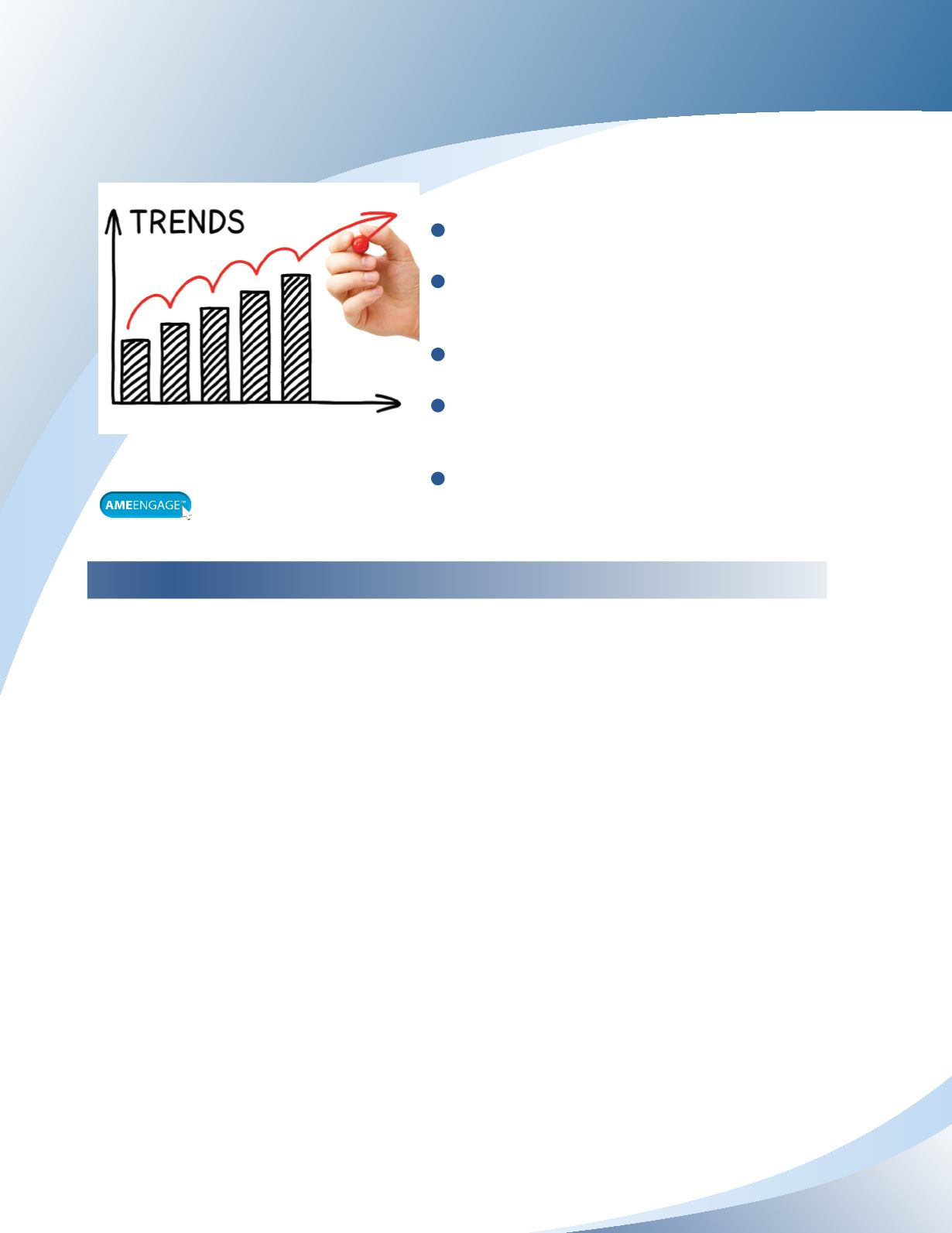
349
learning outcomes
1
Explain the shareholders’ equity section of a
corporation’s balance sheet
2
Explain the key items in a corporation’s income
statement that are different from those in a sole
proprietorship’s income statement
3
Conduct horizontal and vertical analysis of
financial statements
4
Assess a company’s liquidity, profitability,
operations management and leverage using
financial ratios
5
Analyze the cash flow statement by interpreting
the three sources and uses of cash
Chapter 12
Using Accounting Information
Reading the Balance Sheet
In this course, you learned that the fundamental objective of accounting is to provide complete and
accurate financial information to users for decision-making purposes. But what types of decisions
do users need to make and how can they use financial information to make them?This chapter will
provide details on how the financial statements discussed thus far can be used to make decisions.
In your daily life, you can use your personal financial information to make informed financial
decisions. You regularly make personal financial decisions such as how to save or invest money, how
much you can afford to spend in your next shopping trip or even when you can retire. Your personal
financial statements can be used to help with these decisions by showing you, among other things,
how much cash you have and how much your net worth has changed over time. When you apply
for a mortgage or for a credit card, the bank uses your financial information to determine how
much to lend you.The government uses your financial information to determine how much tax you
owe each year.Therefore, your personal financial information is useful not only for you, but also for
other people that need your financial information to make their decisions.
In the business setting, business financial statements are similarly useful for both internal and
external users. Internal users such as managers and executives analyze financial information to
correct negative results and take advantage of positive results. External users, such as investors and
suppliers, analyze financial information to determine whether to invest money or extend credit
terms. Regardless of the decisions financial statement users are trying to make, all users must first
learn how to properly read and understand financial statements. We will begin with the balance
sheet.
Access
ameengage.com
for integrated
resources including tutorials, practice
exercises, the digital textbook and more.


